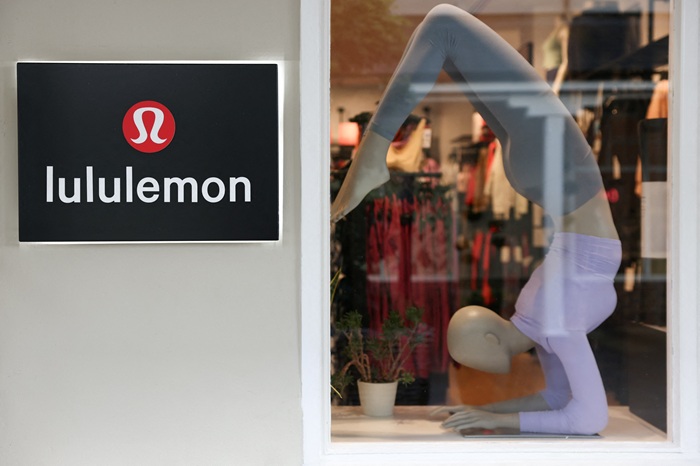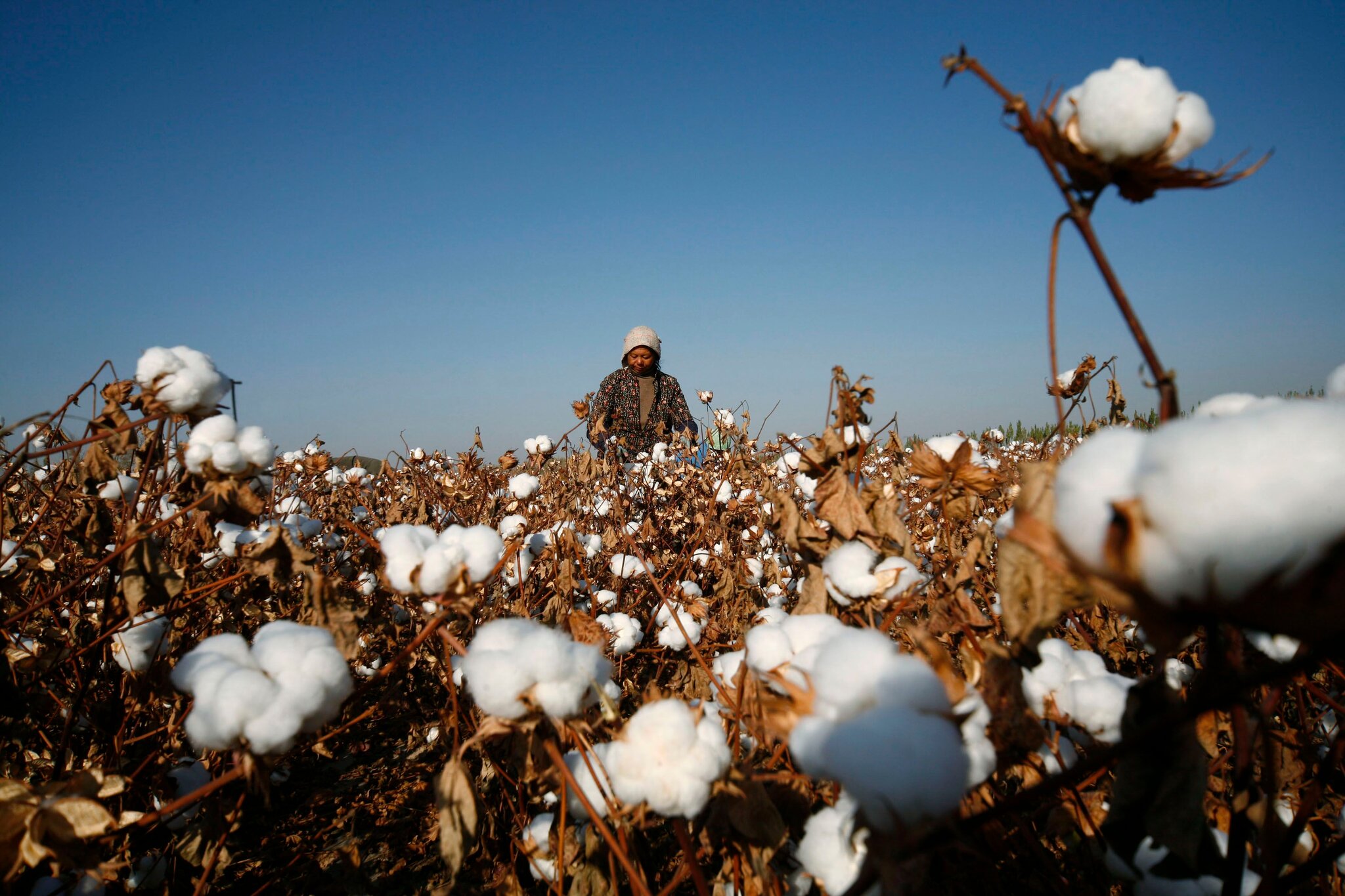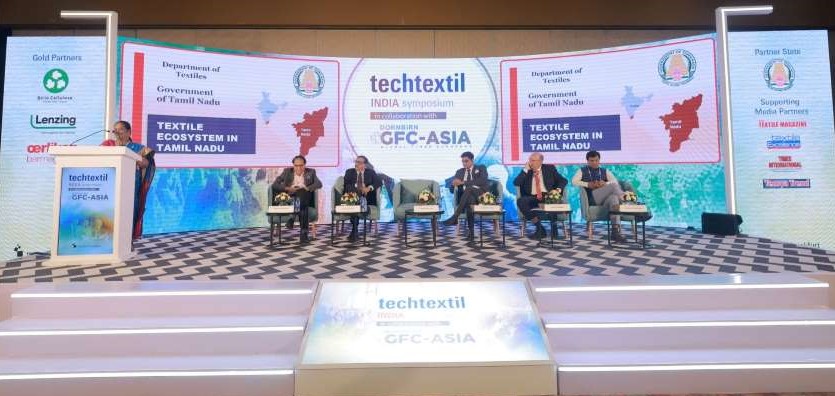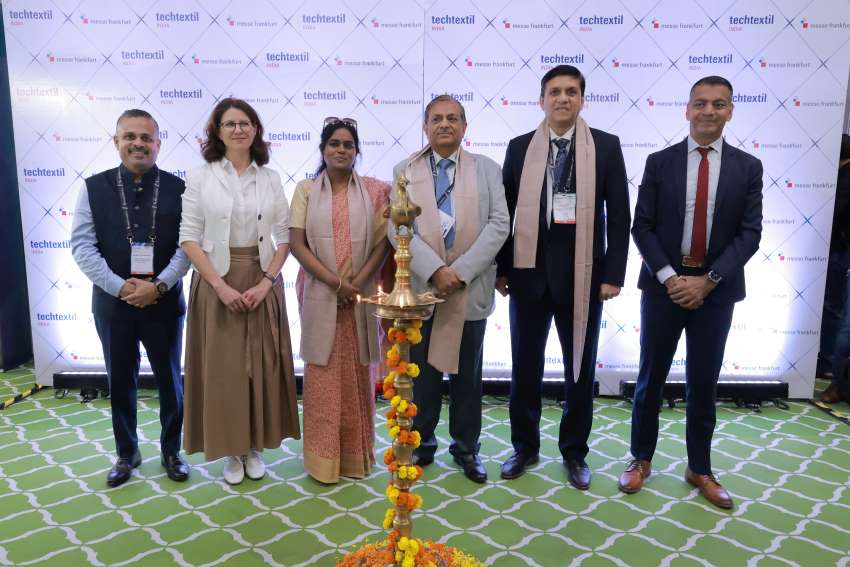A series of strikes and labor disputes have hit Burma's garment industry. Political groups are suspected to be behind many of the city’s strikes. Under Burma’s long-ruling military junta, strikes were a taboo and trade unionists were jailed and deemed terrorists, but the civilian government headed by President Thein Sein has passed laws allowing unions and industrial action. Strikes have become more commonplace since 2012.
Around 2,00,000 people, mostly women, are employed in Burma’s garment- industry. While heavy industry and manufacturing investment has been slow to come to Burma due to the country’s laggard power supply and poor roads, the garment sector is seen as a likely early growth prospect.
With its abundant supply of low wage labor, Myanmar has an apparent comparative advantage in labor-intensive industries. The government is offering additional inducements for would-be factory builders, such as tax holidays and exemptions from customs duties for those businesses who set up inside industrial zones.
With sanctions eased, Burma’s garment exports are up, topping one $1 billion in 2013. Prior to the sector coming under western sanctions, apparel rose to make up 40 per cent of the total share of Burma’s exports by 2000. The International Monetary Fund warned in early 2014 that while Burma’s economy would likely grow between 7 to 8 per cent over the coming three years, a 6 per cent inflation rate was likely.












